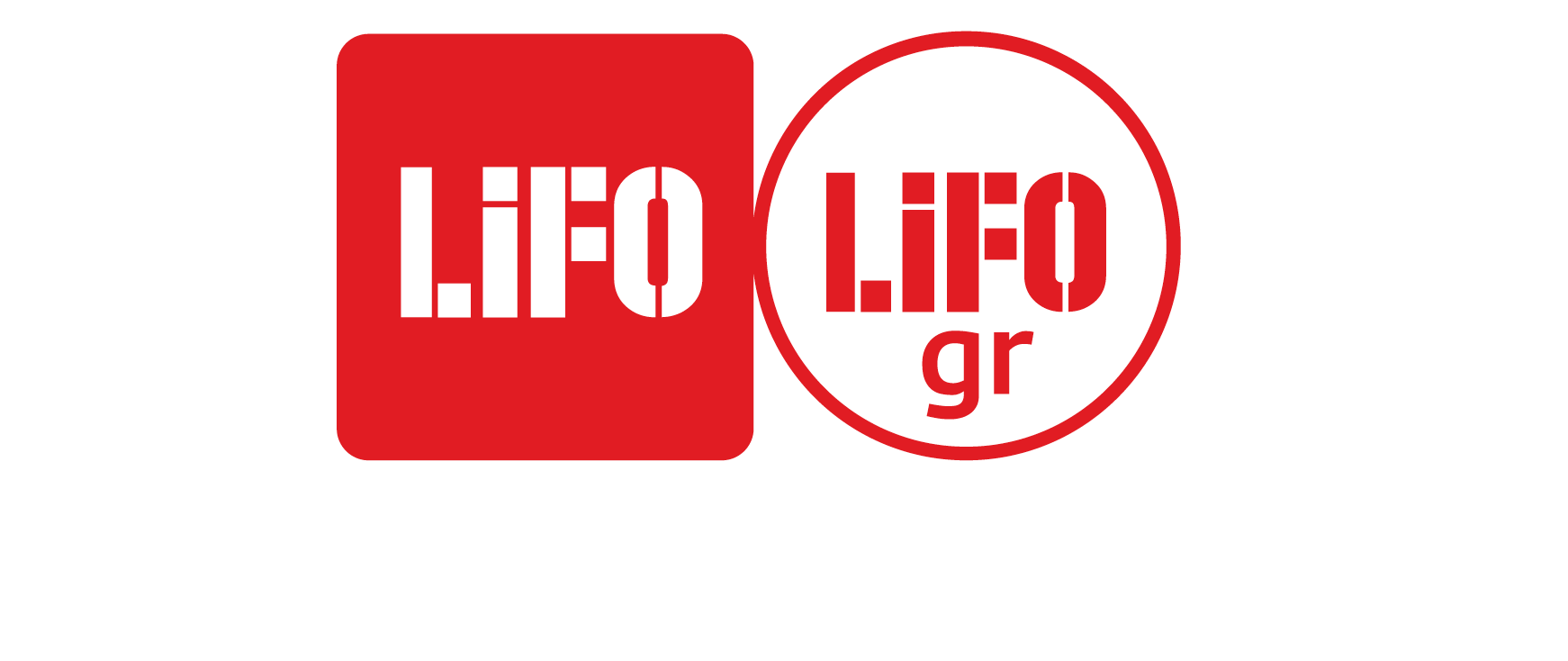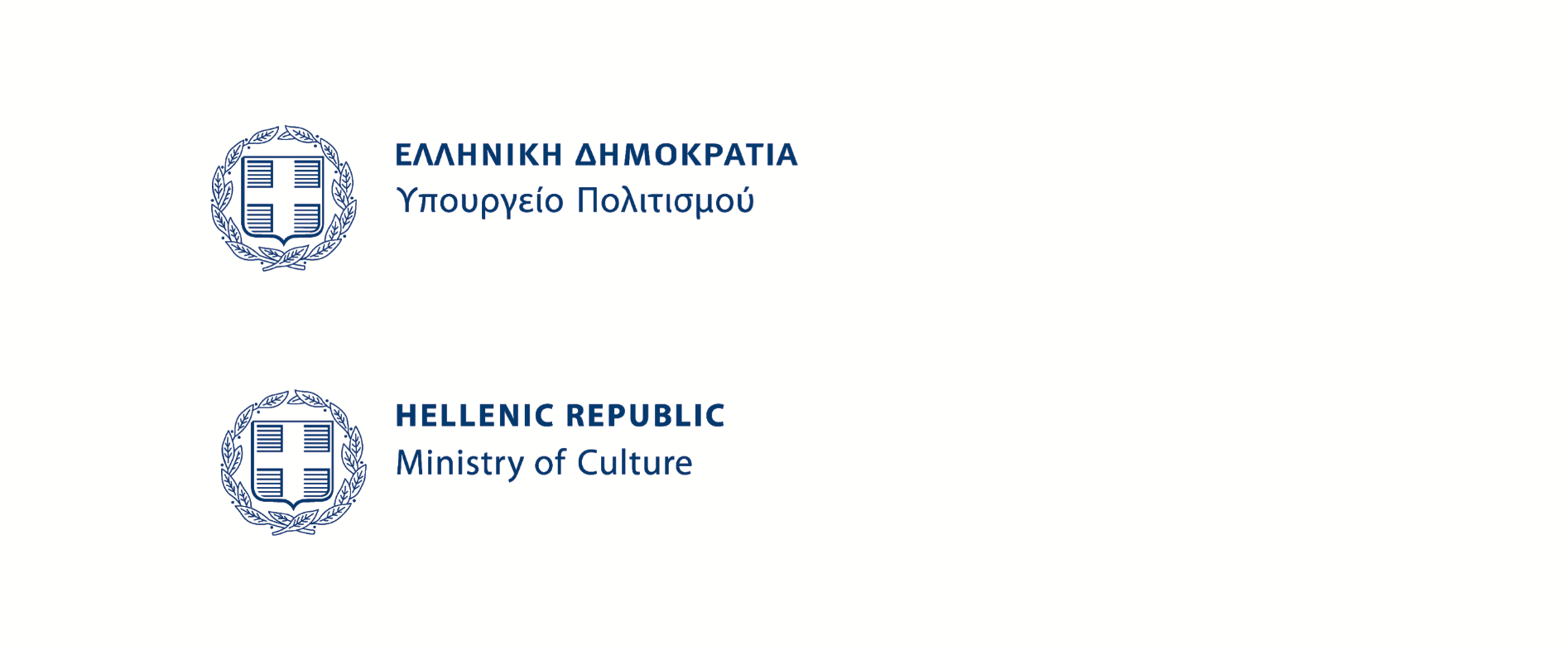Block15: Μια εικονική περιήγηση
Με επίκεντρο το διαβόητο Block 15 του Στρατοπέδου Συγκέντρωσης Χαϊδαρίου, αναπαραστήσαμε εικονικά το κτίριο, αναδεικνύοντας έναν σε μεγάλο βαθμό παραμελημένο τόπο δύσκολης κληρονομιάς. Το μεγαλύτερο και πιο γνωστό γερμανικό στρατόπεδο συγκέντρωσης στην Ελλάδα, επί του παρόντος υπό εξαφάνιση, καθίσταται προσβάσιμο σε κοινότητες διαφορετικού υπόβαθρου μέσω της χρήσης εμβυθιστικών τεχνολογιών.
Στρατόπεδο Συγκέντρωσης Χαϊδαρίου
Το Στρατόπεδο Συγκέντρωσης Χαϊδαρίου βρίσκεται 9 χλμ. δυτικά της Αθήνας. Πήρε το όνομά του από το προάστιο στο οποίο βρισκόταν – μια αραιοκατοικημένη περιοχή περίπου 5.868 κατοίκων μέχρι το 1940 – και χτίστηκε αρχικά από το καθεστώς Μεταξά το 1937 ως κέντρο εκπαίδευσης του ελληνικού στρατού. Υπολογίζεται ότι 20-25.000 άνδρες και γυναίκες ήταν φυλακισμένοι εκεί κατά τη γερμανική Κατοχή: αιχμάλωτοι πολέμου, αγωνιστές και αντάρτες, μέλη και στελέχη του ΚΚΕ, Εβραίοι, όμηροι που συνελήφθησαν σε στρατιωτικές και αστυνομικές επιχειρήσεις, αρχηγοί πολιτικών κομμάτων, ακαδημαϊκοί και πολιτιστικές προσωπικότητες. Κάποιοι κρατήθηκαν σε απομόνωση.
Μετά τον πόλεμο, το στρατόπεδο μετατράπηκε σε επιχειρησιακή στρατιωτική εγκατάσταση, με αποτέλεσμα το κτήριο της απομόνωσης, το Block15, και τα περίχωρά του να μην είναι επισκέψιμα. Το στρατόπεδο χρησίμευσε ως φυλακή κατά τη διάρκεια του Εμφυλίου Πολέμου. Στη συνέχεια υπήρξαν εκκλήσεις να μετατραπεί σε πανεπιστημιούπολη και, πιο πρόσφατα, σε μνημείο με μουσείο. Μια αναμνηστική πλάκα υπάρχει σήμερα μπροστά από το Block15 που περιγράφει το στρατόπεδο ως τον τόπο του «μαρτυρίου χιλιάδων αγωνιστών της αντίστασης» χωρίς καμία αναφορά στους περίπου 4.500 Εβραίους που κρατούνταν εκεί πριν από τη μεταφορά τους σε στρατόπεδα θανάτου αλλού στην Ευρώπη.
Ο πολύ προβληματικός εορτασμός της μνήμης του μεγαλύτερου στρατοπέδου συγκέντρωσης των SS στην κατεχόμενη Ελλάδα είναι ενδεικτική της ελληνικής κουλτούρας μνήμης ή λήθης και των διαφόρων αμφισβητούμενων προτεραιοτήτων, ιδεολογικών ή μη, των ενδιαφερομένων της. Ζητήματα γύρω από την αντίληψη και τη μνήμη και η συνεχιζόμενη χρήση του στρατοπέδου και των κτηρίων του, έχουν στερήσει από τον χώρο μια τεκμηριωμένη κληρονομιά και δημιούργησαν σύγχυση και άγνοια στη θέση του. Η διαμάχη που υπάρχει γύρω από το Χαϊδάρι χρησιμεύει για να ενισχύσει το επιχείρημα των ειδικών ότι το παρελθόν δεν υπόκειται απλώς σε διαδικασίες ανάμνησης και λήθης.
Οι αγώνες του Χαϊδαρίου είναι πολύ μεγαλύτεροι και πιο σύνθετοι από κάθε άλλο χώρο μνήμης της Κατοχικής Εποχής στην Ελλάδα. Ως τόπος θηριωδίας και νεκροταφείο, η αναπαράσταση της «Δύσκολης Κληρονομιάς» φέρει ένα τεράστιο συναισθηματικό φορτίο. το τεράστιο έργο συντήρησης που απαιτείται στο στρατόπεδο θα είχε τεράστιο οικονομικό κόστος. Οι ταυτότητές του παραμένουν πολλές συζητήσεις και η τρέχουσα κατάστασή του εξακολουθεί να επηρεάζει την αντίληψη όλων όσων προηγήθηκαν.




